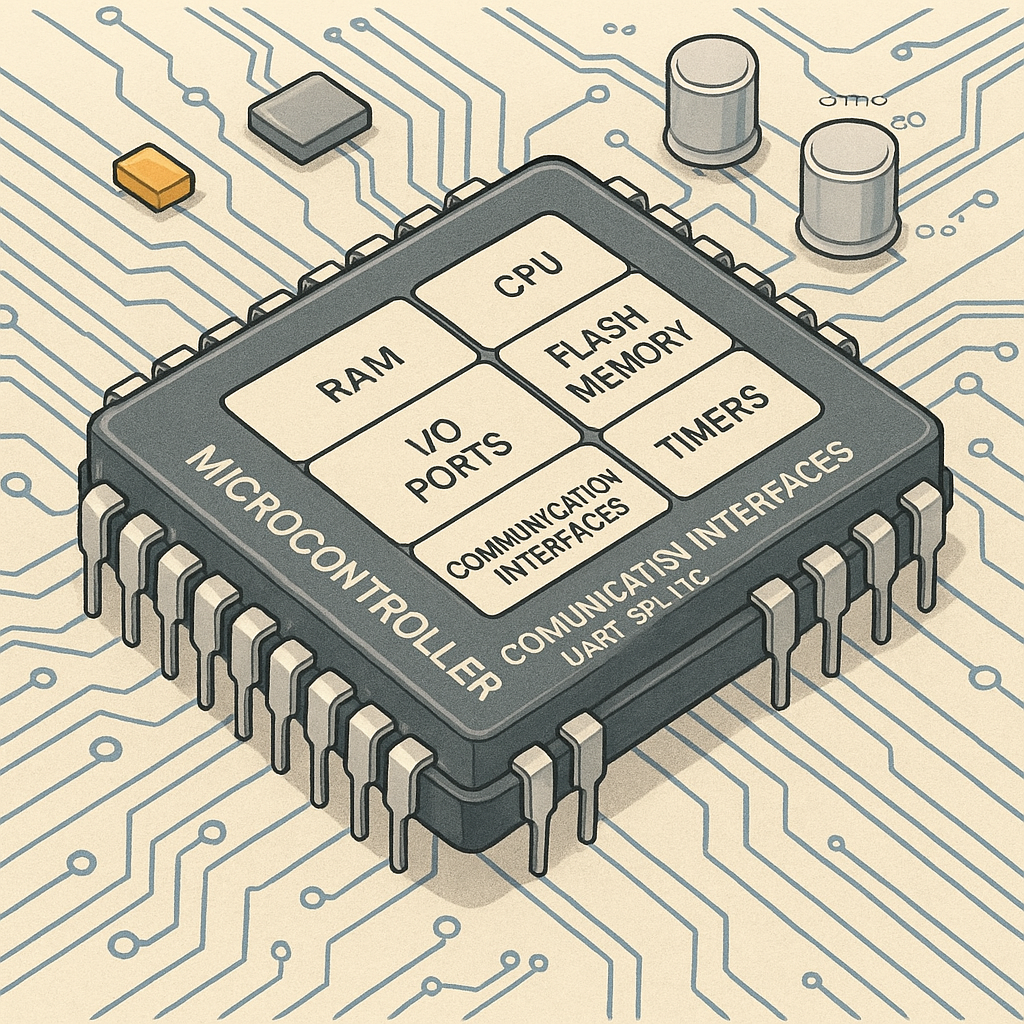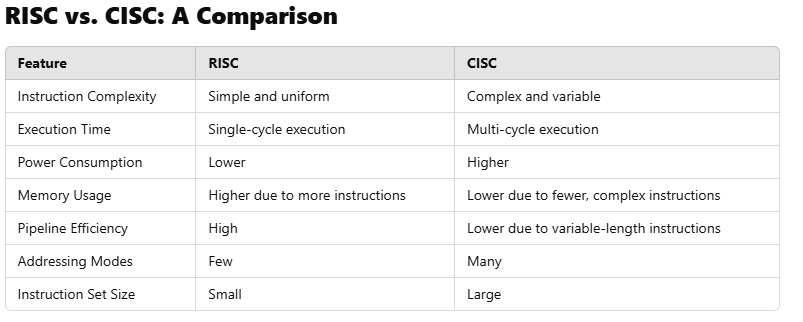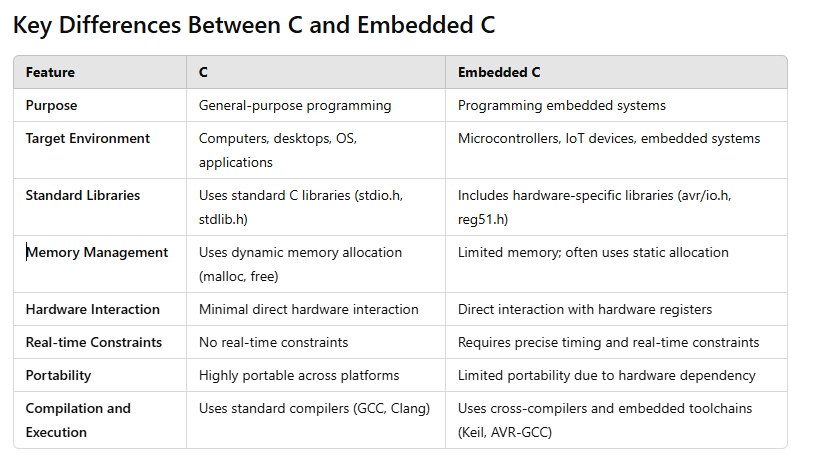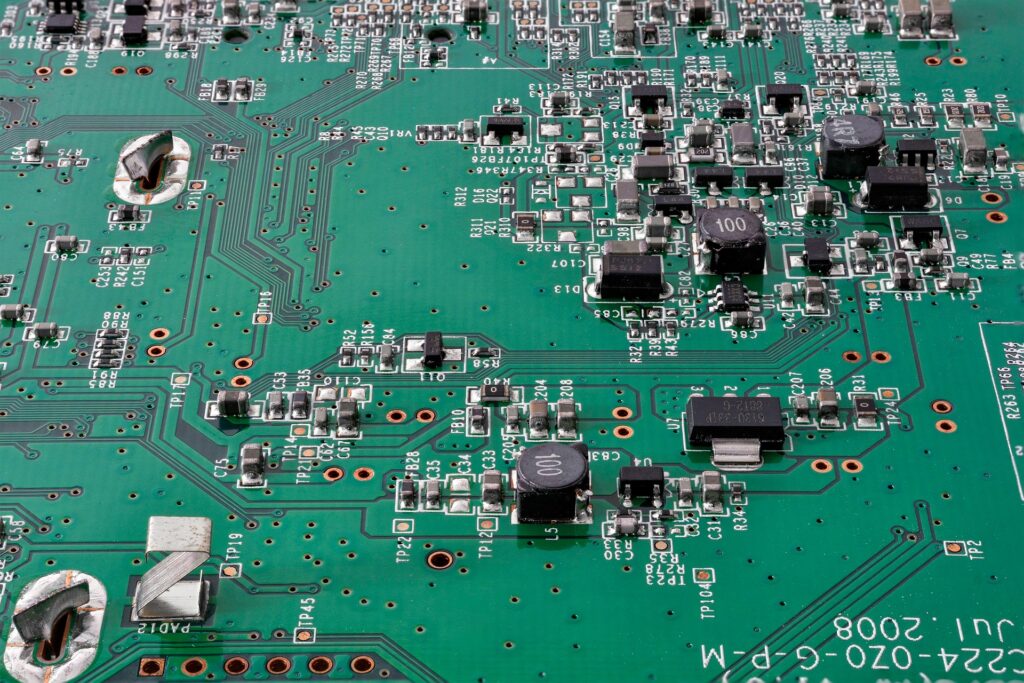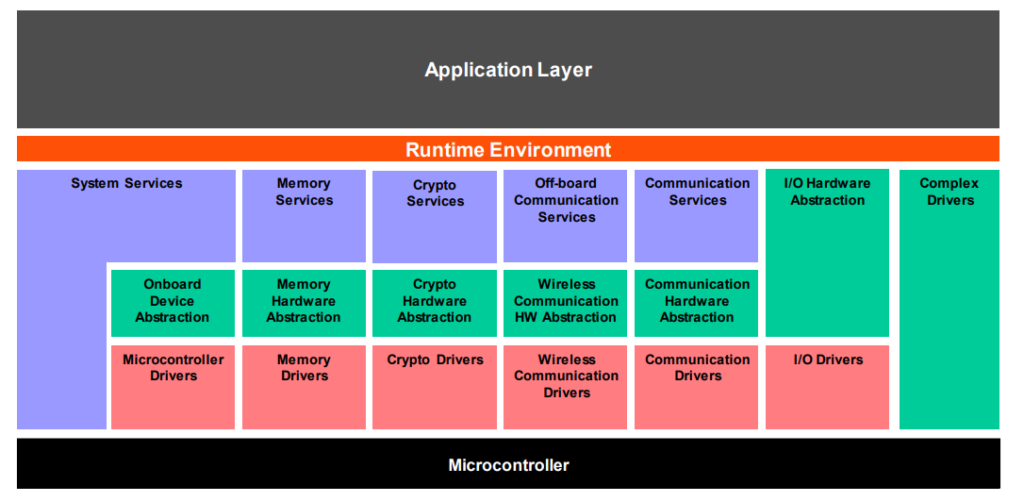What Is a Microcontroller? (With Real-Life Examples in Simple Words)
A microcontroller (often abbreviated as MCU) is a compact integrated circuit designed to execute specific tasks within embedded systems. Unlike general-purpose computers, microcontrollers are optimized for control-based applications—processing input, executing code, and producing output in real time.
Memory Leaks in Embedded Systems
Memory management is a crucial aspect of embedded system development. Unlike general-purpose computers, embedded systems often operate with limited memory resources, making efficient memory utilization essential. A memory leak occurs when memory is allocated dynamically but not properly released, leading to gradual memory depletion and potential system failures over time. In this blog, we'll explore memory leaks in embedded systems, their causes, impact, detection methods, and best practices to prevent them.
Understanding RISC and CISC Architectures: A Deep Dive into Processor Design
In the world of computer architecture, two primary paradigms define processor design: RISC (Reduced Instruction Set Computing) and CISC (Complex Instruction Set Computing). These architectures influence how processors execute instructions and impact system performance, power efficiency, and overall computational capabilities. This blog will explore the fundamentals of RISC and CISC architectures, their advantages, disadvantages, differences, and real-world applications.
C vs Embedded C : Understanding the Key Differences
C vs Embedded C: Key Differences Explained
C is a powerful, general-purpose programming language used for system and application development, while Embedded C is an extension of C tailored for programming microcontrollers and embedded systems. Though they share syntax and structure, Embedded C incorporates hardware-specific libraries and real-time constraints. This blog explores their differences, similarities, use cases, and example codes to help you understand which language suits your project best. Whether you're working on software applications or embedded devices, mastering both C and Embedded C is essential for a successful career in tech. 🚀
Startup Code in Embedded Systems detailed explain
Startup code is a small, low-level program that executes before the main application begins running on an embedded system. It is responsible for setting up the execution environment, initializing hardware, and preparing memory so that the main program can run smoothly. The startup code typically resides in the system’s boot memory (ROM or Flash) and executes immediately after a system reset or power-on event.
Understanding Null Pointer
the null pointer plays a crucial role in ensuring the reliability and safety of applications. This blog will delve into what a null pointer is, why it’s important, common issues associated with it, and best practices for handling it.
How Embedded Systems Differ from General-Purpose Computers: A Detailed Guide
Embedded systems and general-purpose computers may both involve hardware and software, but they serve fundamentally different purposes and have distinct characteristics. While general-purpose computers are built for versatility and varied applications, embedded systems are highly specialized to perform specific tasks with efficiency and reliability. In this article, we’ll explore these differences across various dimensions, including design, components, processing power, application areas, and real-time capabilities.
Understanding JTAG Security in Embedded Systems: Risks and Best Practices
As the world becomes increasingly interconnected, embedded systems are powering everything from household appliances to critical infrastructure. Ensuring the security of these systems is essential. One of the key challenges in this space is securing the Joint Test Action Group (JTAG) interface, a hardware debugging standard used in nearly all embedded systems.
Understanding Real-Time in Embedded Systems
Real-time systems are integral to various applications, from aerospace and automotive systems to consumer electronics and industrial automation. Understanding real-time in embedded systems involves grasping how these systems manage and process data within strict time constraints. This blog will delve into the fundamentals of real-time embedded systems, their characteristics, types, design considerations, and practical applications.
Understanding the COM Stack in AUTOSAR: A Comprehensive Guide
In the realm of automotive software development, AUTOSAR (Automotive Open System Architecture) has become a cornerstone framework for creating standardized, modular, and scalable software solutions. At the heart of AUTOSAR lies the Communication Stack, commonly referred to as the COM stack, which plays a vital role in enabling communication between different software components within an automotive system. In this blog, we will delve into the intricacies of the COM stack, exploring its architecture, components, functionalities, and significance in modern automotive software engineering.
Understanding SPI Protocol: Operation and Applications
In the realm of embedded systems and electronics, communication protocols play a pivotal role in facilitating data exchange between various components. One such protocol, Serial Peripheral Interface (SPI), stands out for its simplicity, versatility, and efficiency. In this comprehensive guide, we delve into the inner workings of SPI protocol, exploring its operation, applications, and key features.
Understanding Synchronous and Asynchronous Communication in Embedded Systems
In the world of embedded systems, where efficiency and reliability are paramount, communication between different components plays a crucial role. Whether it's coordinating tasks between microcontrollers or exchanging data between sensors and actuators, the method of communication can greatly impact the performance and functionality of the system. In this blog post, we'll delve into two primary modes of communication: synchronous and asynchronous, exploring their differences, advantages, and use cases.
Top 10 C Coding Interview Questions and Answer (2024)
By yoginFebruary 4, 2024Automotive, C language Practice Programs, Embedded System, Job Interview Preparations, Programming language
C is a general-purpose programming language that was created in the early 1970s by Dennis Ritchie at Bell Labs. It has since become one of the most widely used programming languages and has influenced many other languages.
C Coding Interview Questions are generally asked in interview.

